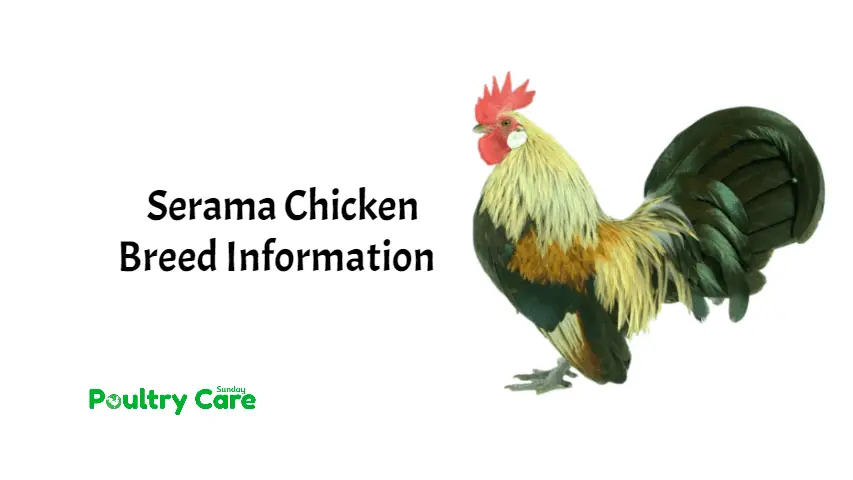Serama Chickens come from Malaysia, from the hot jungles where the temperatures are high. As a result of the careful cross-breeding of several chicken breeds, we have the Serama.
It is believed that the Serama’s ancestry dates back to as way back as the 1600s, and is associated with the like of the then Thai King, the name of Sri Ama. But the modern Serama of today was created by someone by the name of Wee Yean Een around 1970.
He mixed other bantam breeds, eventually arriving at what is our light-weighted Serama today. You will find a couple of thousand different color varieties of the Serama Chicken in Malaysia which have been documented.
Serama Chicken | Breed Profile
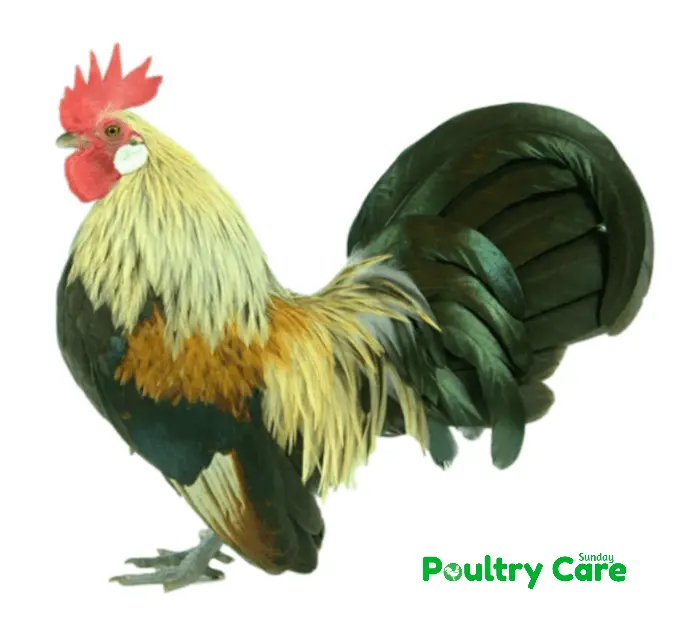
| Country of origin: | Malaysia |
| Primary use: | Ornamental |
| Weight: | Bantam Cock: Up to 500g, Hen: Up to 500g. |
| Temperament: | Calm, Manageable, Assertive, Confident |
| Recognized Varieties: | Brassy Back, Crele, Blue, Brown Red, others |
| Egg production (annual): | 160 |
| Egg color: | Brown, White |
| Egg size: | Small |
| Comb type: | Single |
Characteristics Of The Serama Chicken
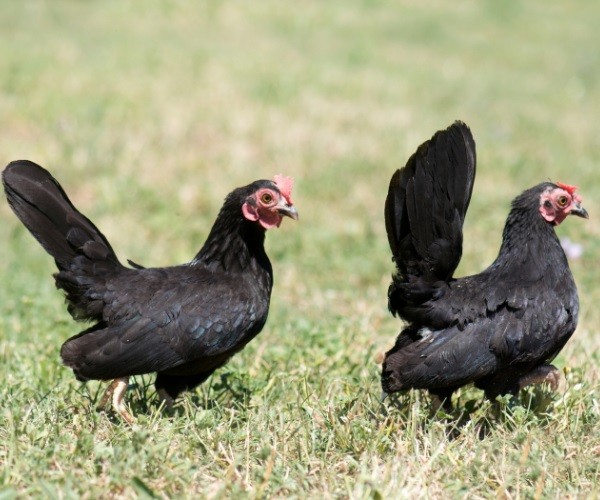
The Serama Chicken is known as being the smallest chicken around in the bantam category in the world. The Serama cocks only stand as high as about 10 inches from the ground.
They have sizes such as A or B, C and D and you even get a Micro Serama chicken. With their efforts to get the breed even smaller, people have encountered more breeding problems with this chicken breed. Therefore, the most popular birds are the B and C-sized birds.
They are good mothers too, taking good care of their little chicks. The Serama has a puffed-out chest, a short back and high tailed. The wings point right down when it’s alert and attentive. Their bodies are well-muscled.
The Serama has a single comb, small or medium-sized, standing vertically. The main colors seen in the Serama are white, buff, red-black (with blue and green sheen), partridge, blue, wheaten, chocolate, barred/cuckoo, mottled, duck-wing, spangled.
The comb, face and wattles are bright red, with bright eyes. The hens weigh in at around 8-17 ounces and the cocks weight in at around 10-19 ounces.
Behavior/Temperament
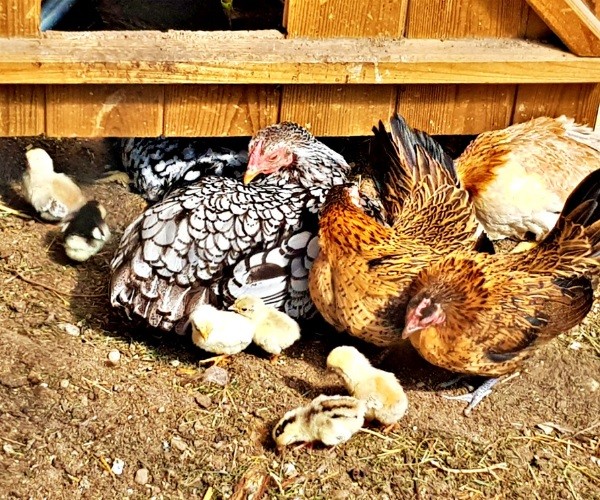
The Serama chicken makes a wonderful pet. They are chickens that are not expensive to raise and breed with. They only eat around a pound of their normal chicken food in a month.
The Serama is a friendly bird, enjoying company when humans are kind and attentive to them. They’re assertive, confident and bold. With the right handling, they are not aggressive at all.
What are the Pros and Cons of the Serama Chicken?
We Liked
- Wonderful pets
- Don’t require a lot of space
- A cost-effective way of starting out with chickens
- Friendly and easy to handle
- Good forages
We Don’t Like
- Not the best egg layers
- Don’t do well in cold weather
- Don’t mix well with bigger sized chickens – get bullied
- Need extra protection from predators
Is The Serama Chicken A Right Choice For You?
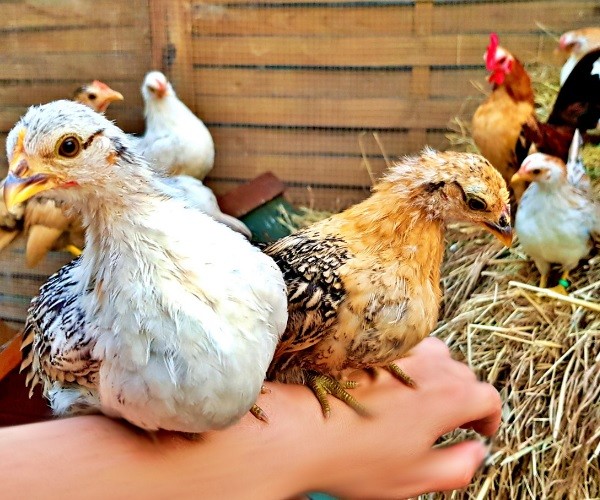
- When it comes Serama Chickens, they are small and need protection from other birds of prey, cats, and dogs.
- They are friendly birds and will be around you in the garden or the home. But just like with all animals, some are friendlier than others. Don’t force your chicken to be friendly, accept his special personality, and don’t handle him roughly. The old folks love them because they sit on the oldies’ laps and bring back wonderful memories for them when they were on the farm as kids! That means they are therapeutic too!
- Two features that are important in the Serama Chicken are their type and their weight. Seramas can really have any color combination.
- They might be small, but they have the same needs as the bigger chicken breeds. Because they come from tropical Malaysia, they need a bit more care. They can’t be kept with full-sized chickens because they would be bullied, plus they’ve got different housing requirements.
- They need warmth and are happier in warm weather, but still definitely need shade. They love having access to outside and grass. Most Serama chickens love perching with roosting perches required above the ground, curved so as not to cause damage to their feet. During winter the birds need warmth and protection, ensuring they are kept dry and in no draughts. They don’t cope well in cold, wet weather. In fact, their biggest health issues will be being amongst larger chickens and the cold and damp.
- If you are looking for Serama chickens for sale, they are not the best egg producers, nor are meat producers. Some are better egg producers than others though, but certainly don’t expect an egg a day, far from it! The grown birds can be held in your hand.
- All around, the Serama is a bird you will love having around your farmyard or backyard.
Guide To Take Care Of Serama Chickens
Diet
What do Serama chickens eat? A healthy diet for your Serama chicken should consist of:
Greens: offer your chicken dark, leafy greens such as kale, spinach, and Swiss chard. These greens are packed with nutrients that will help keep your chicken healthy.
Fruits and vegetables: offer your chicken a variety of fruits and vegetables such as apples, carrots, and tomatoes.
Grains: offer your chicken a variety of grains such as oats, wheat, and barley.
Protein: offer your chicken a source of protein such as cooked chicken, beef, or fish.
Housing
Where do Serama chickens live? Your Serama chicken will need a spacious, well-ventilated area to live in. The housing for your chicken should include:
A nesting box: this is where your chicken will lay her eggs. The nesting box should be made of sturdy material and be large enough for your chicken to move around comfortably.
A roost: this is a perch where your chicken can sleep. The roost should be made of sturdy material and be large enough for your chicken to move around comfortably.
Care
How do you take care of Serama chickens? In addition to providing a healthy diet and housing, you will also need to take care of your chicken by:
Cleaning the housing regularly: clean the housing for your chicken at least once a week.
Handling your chickens: handle your chickens frequently to become accustomed to human interaction.
Providing plenty of water: make sure to provide your chickens with fresh, clean water.
Providing plenty of food: make sure to provide your chickens with a variety of healthy foods.
FAQ: Serama Chicken
Can you eat serama chicken eggs?
Yes, you can eat serama chicken eggs. However, some people say they have a more delicate flavor than regular chicken eggs.
Are Serama chickens friendly?
Yes, Serama chickens are known for being very friendly and docile. They are also known to be good with children.
Do Serama chickens need a lot of space?
No, Serama chickens do not need a lot of space. They are content to live in a small area as long as they have access to food and water.
Final Verdict: Serama Chicken
Serama chickens are a great addition to any home. They are known for being friendly and docile, and they do not need a lot of space. If you are looking for a chicken that is easy to care for, then the Serama chicken is a good choice.
Related (Chicken Breeds Information):
Last Updated on January 14, 2025 by Pauline G. Carter

